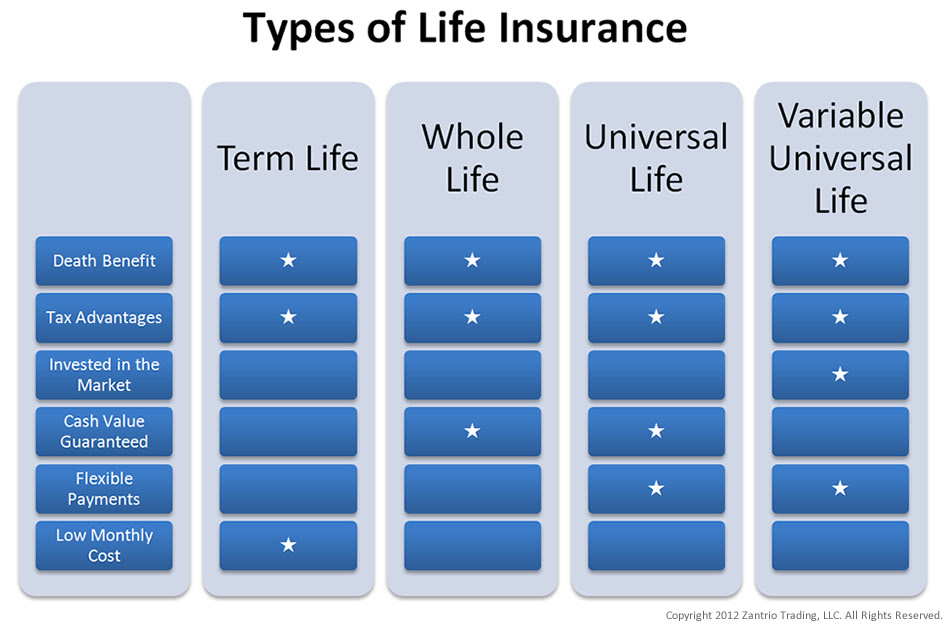 Which Of The Following Best Describes Term Life Insurance Weegy
Which Of The Following Best Describes Term Life Insurance Weegy What is Term Life Insurance?
Term life insurance is a type of life insurance that offers coverage for a predetermined period of time. Unlike traditional life insurance, it does not provide a death benefit payout if the policyholder passes away after the term has expired. Instead, it simply pays out the amount of the policy’s face value if the insured individual dies before the term expires.
How Does Term Life Insurance Work?
Term life insurance is a straightforward form of insurance. When a policyholder takes out a policy, he is responsible for making premium payments each month until the policy’s term ends. Once the term has completed, the policyholder’s coverage ceases as well. If the insured individual dies before the term has expired, the policy pays out the face value of the policy (given this has been the agreed-upon sum) to the named beneficiary. For instance, if an individual purchases a $100,000 policy for a 10-year term and pays the agreed upon premiums, the insurance company pays the beneficiary a $100,000 lump sum if the insured individual dies before the policy coverage runs out.
Who is Suited for Term Life Insurance?
Term life insurance is suited for people with temporary life insurance needs. These can include replacing lost income while a family transitions to a single-income household; covering debt such mortgages, car loans or bank loans; paying for children’s college tuition; and helping a family cover funeral costs. It’s important to note, however, that the coverage period of term life policies typically lasts 10 to 30 years. An individual’s life span can exceed the policy term. Therefore, it is essential for policyholders to purchase an extended or “conversion” option for tenures that exceed the policy period.
The Cost of Term Life Insurance
The cost of a term life insurance policy is typically much less than that of a permanent policy due to its temporary nature. Premium costs will vary significantly based on the coverage amount and duration. Typically, the longer the term and the higher the coverage amount, the more expensive the premiums will be.
Characteristics of Term Life Insurance
Term life insurance has several defining characteristics. These include:
- It’s typically cheaper than other life insurance options
- It offers customizable coverage period
- It offers customizable coverage amounts
- It can be supplemented with “riders” to provide additional coverages
- It requires the insured individual to pay a steady premium over the policy’s term
Riders
Riders are additional and optional coverage features that can be added to a term life policy. For instance, an insured individual can add a family income rider to a policy that can provide up to 6 years of income should the policyholder die during the policy’s coverage period. Other types of riders include waiver of premium, accelerated death benefit, and terminal illness riders.
Advantages of Term Life Insurance
Term life insurance offers numerous benefits to insured individuals. The largest benefit, of course, is the peace of mind that comes with knowing that your family is financially covered should you die. Other advantages include:
- The policy is cheaper than other life insurance options
- It can cover large financial obligations, such as mortgages, within a short time frame
- It offers a wide range of flexible benefits
- It offers riders to help provide additional protection
- It provides income protection after the policyholder’s death
Disadvantages of Term Life Insurance
There are some drawbacks to term life insurance policies. The primary disadvantage is that the policy is only beneficial to the policyholder before the term ends. Once it has completed, then the coverage cease, and the policyholder is not eligible for a death benefit payout. Other disadvantages include:
- The policyholder is liable for the policy’s premiums until the term ends
- Most policies cannot be converted to another form of coverage after the term has finished
- The coverage period typically only lasts between 10 and 30 years
Making the Right Choice
In sum, term life insurance offers life insurance coverage at a lower cost and for a defined period of time. It is typically designed for families that have temporary need that don’t require longer-term coverage and also require reliable income replacement in the event of the policyholder’s death. When making the decision to purchase term life insurance, it’s important to consider all of its features and the associated risks and reward. Ultimately, which of the following best describes term life insurance weegy depends on an individual’s needs and situation.
 Which Of The Following Best Describes Term Life Insurance Weegy
Which Of The Following Best Describes Term Life Insurance Weegy
Post a Comment for "Which Of The Following Best Describes Term Life Insurance Weegy"